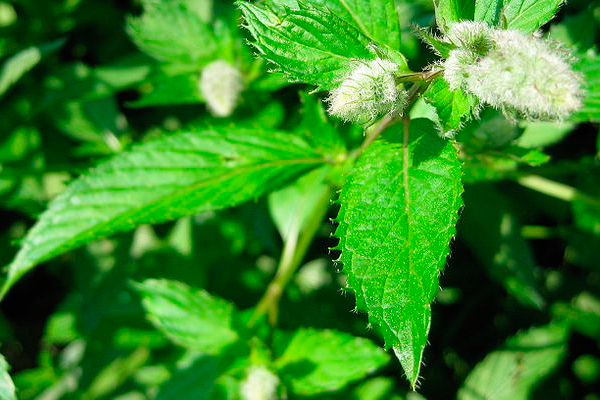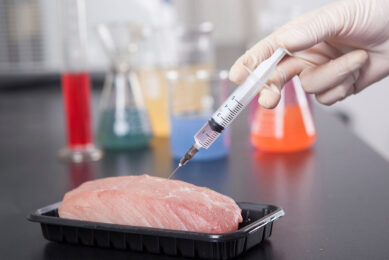Study: Effect of peppermint in hens diets

A study to determine the effects of dried peppermint leaves in laying hen diets on laying performance, egg quality, and serum metabolic profile, found it to be an effective feed additive to improve performance of laying hens during the late laying period.
A total of 150 Hy-Line Brown laying hens (64-week-old), were assigned to five treatment diets including dry peppermint leaves at 0, 5, 10, 15, or 20 g/kg, respectively, for 12 weeks.
Each treatment had six replicates with five hens each. Over the course of the trial, incremental dietary peppermint leaves significantly increased (linear, P<0.001) egg weight, egg production, egg mass and feed intake from 64–68, 68–72, 72–76 and 64–76 weeks of age. moreover, feed conversion ratio was linearly decreased (p><0.001) with increasing levels of peppermint in laying hens diet.>
The inclusion of 20 g/kg peppermint resulted in overall best performance. Eggshell percentage, eggshell thickness and Haugh unit of hens fed diets supplemented with peppermint leaves were greater (P<0.01) than that of hens fed the control diet.>
However, peppermint supplementation did not influence other egg quality characteristics like albumen and yolk percentages and albumen height. Notably, serum cholesterol significantly decreased (P<0.001) but serum total proteins increased (p="0.015)" with the increasing peppermint leaves levels. it can be concluded that. it can be concluded that peppermint leaves can be used as an effective feed additive to improve performance of laying hens during the late laying period.>
[Source: Science Direct]
Join 26,000+ subscribers
Subscribe to our newsletter to stay updated about all the need-to-know content in the feed sector, three times a week. Beheer
Beheer









 WP Admin
WP Admin  Bewerk bericht
Bewerk bericht